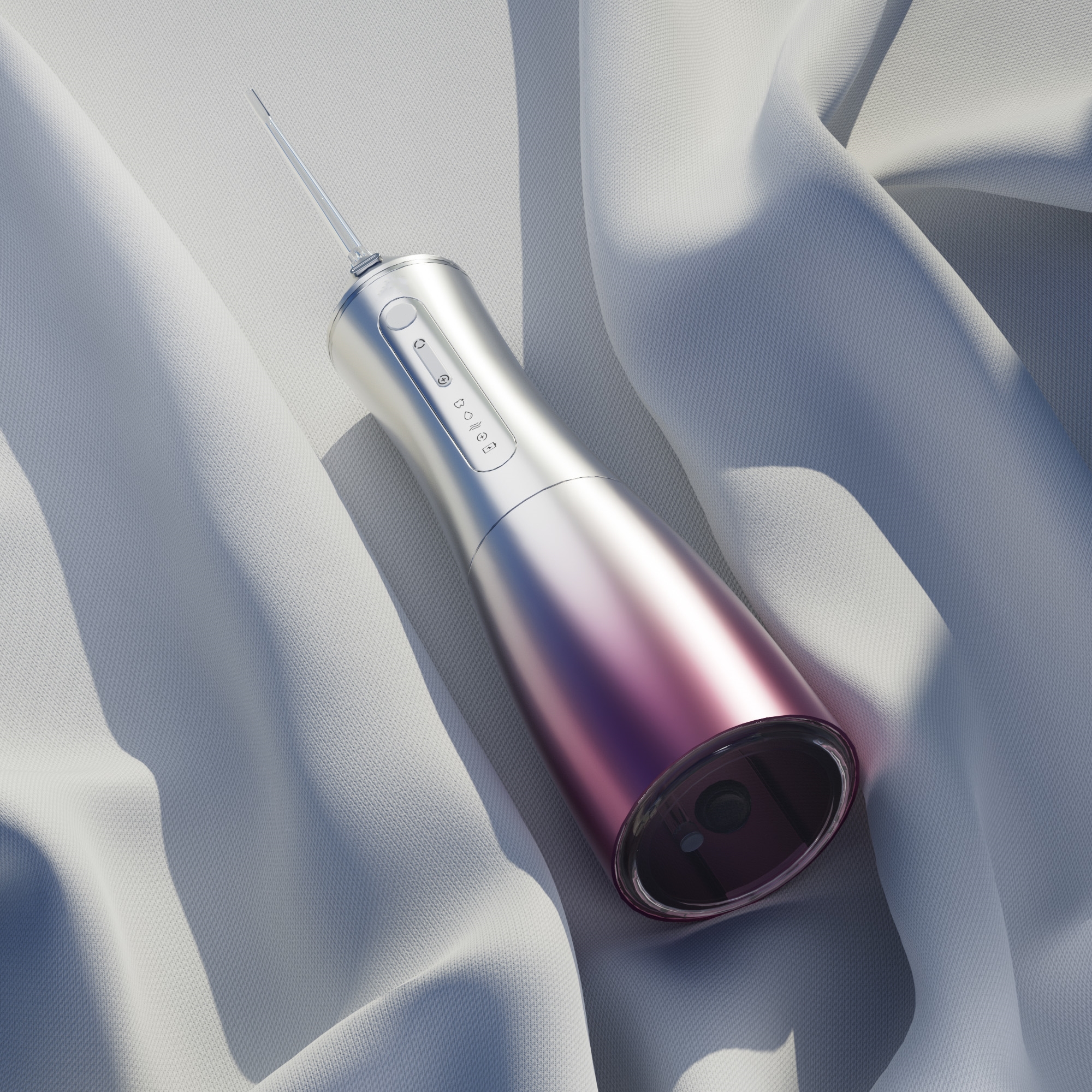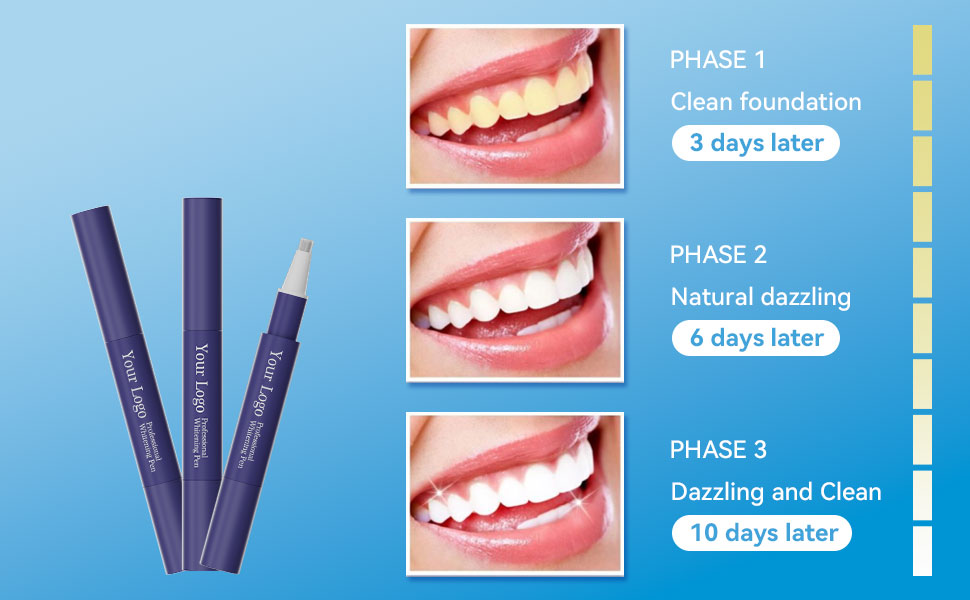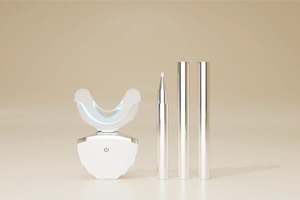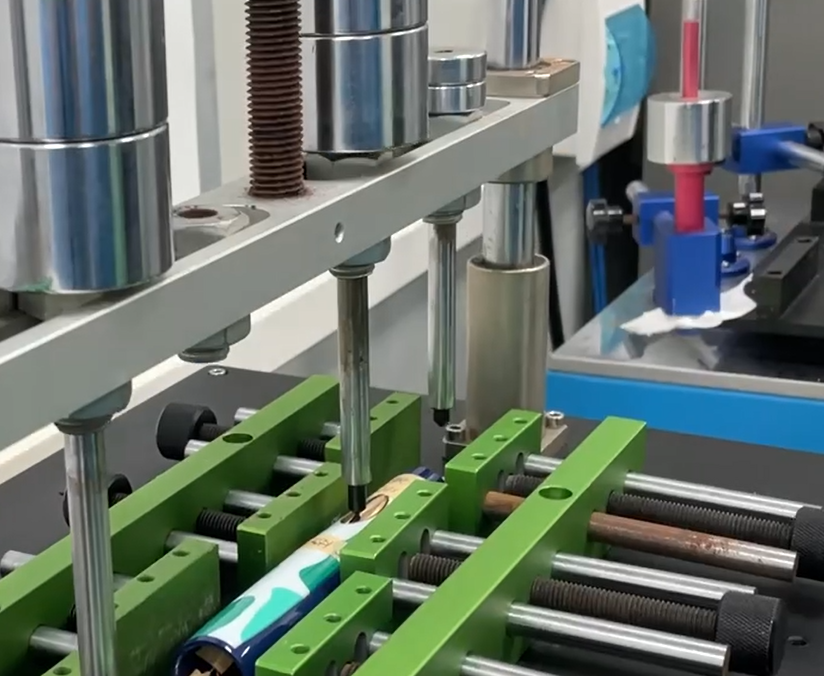When building a successful oral care brand, product design decisions go far beyond aesthetics. One of the most critical choices is the type of power source your electric toothbrush will use. While battery-operated toothbrushes have been popular for years, more OEM brands are rethinking this approach as the market shifts toward sustainability, cost efficiency, and long-term performance. Below, we outline the Drawbacks of Battery-Operated Electric Toothbrushes and why exploring alternatives like rechargeable electric toothbrush manufacturing may better align with your brand strategy.
One of the most common battery toothbrush problems is inconsistent power output. As disposable batteries weaken, brushing performance declines—leaving consumers dissatisfied with cleaning results. Unlike rechargeable models, battery-powered brushes often fail to maintain consistent vibration or oscillation strength throughout their usage cycle. This performance gap can damage a brand’s reputation in a competitive market.
Although disposable brushes seem affordable at first glance, hidden costs quickly emerge. Consumers need to buy replacement batteries frequently, which adds up over time. From a branding perspective, this can create frustration and discourage repeat purchases. OEM partners looking for long-term brand loyalty should recognize these disposable electric brush cons and weigh them against the growing preference for rechargeable solutions.
Today’s consumers are increasingly eco-conscious. Unfortunately, battery-operated toothbrushes contribute to eco-unfriendly oral care due to constant disposal of used batteries and plastic casings. This raises red flags for environmentally minded buyers and can even damage a brand’s sustainability positioning. In contrast, rechargeable electric brushes are reusable, efficient, and more in line with global sustainability goals.
Battery-powered designs often restrict innovation. Smaller motor sizes and battery compartments limit performance and aesthetic customization for OEM brands. In contrast, rechargeable electric toothbrush manufacturing allows for more advanced features like inductive charging, waterproofing, smart sensors, and ergonomic designs—key factors that help brands differentiate in the premium market segment.
Governments worldwide are tightening regulations around single-use batteries and plastic-heavy consumer products. This means that Drawbacks of Battery-Operated Electric Toothbrushes go beyond performance—they also include compliance risks. OEM brands sticking to disposable battery models may find themselves lagging in markets where sustainability regulations become stricter.
Ultimately, while battery-powered toothbrushes may serve as an entry-level solution, they often limit brand growth potential. With rising demand for eco-friendly and tech-driven oral care, rechargeable options offer OEMs more sustainable, innovative, and future-proof opportunities. Partnering with the right manufacturer to develop rechargeable solutions can set your brand apart in an evolving global market.
The appeal of low-cost battery-operated toothbrushes is fading. From battery toothbrush problems to disposable electric brush cons and the growing concern over eco-unfriendly oral care, the market is clearly shifting. For OEM brands, investing in rechargeable electric toothbrush manufacturing is not just a design choice—it’s a long-term business strategy that aligns with consumer expectations, regulatory trends, and sustainability goals.

What Makes a High-Quality Water Flosser? Material Choices for Durability and Performance

Hydrogen Peroxide vs. Carbamide Peroxide: Which Whitening Gel Formula is Right for You?
Best Toothbrush India | Dentist Recommended 2025

Dentistry Instrument Factory Market Trends and Customized Production Solutions
High-Performance Electric Toothbrush for Braces – Bulk Supply for Dental Clinics

Enjoy Using a Water Flosser to Boost Oral Hygiene

How to Find Reliable Electric Toothbrush Manufacturers for Your Oral Care Brand
.jpg)
Which Product Functions and Performances of Water Flossers Are Users Most Concerned About?

Electric Toothbrush Product Quality Control Analysis: 5 Must Testing Standards
Why Does Whitening Efficacy Decline Trigger Pulse Intensity Spikes?
.jpg)
How the wedding gift toothbrush became an India corporate gift trend

The Rise of Wireless Teeth Whitening Devices: Manufacturing Innovations
Overbleaching Risk and Gum Recession – Fair Trade?
Chemical Residues Triggering Throat Irritation – Toxic?
New Year Resolution for Better Oral Health | Powsmart
Gel Crystallization with pH Imbalance – Toxic?

Customization Teeth Whitening Gel

electric toothbrush heads Deep Clean

Private Label Whitening Gel

electric toothbrush heads Charcoal Infuse-Round
.jpg)
Florida Electric Toothbrush – Powsmart PTR-C8

electric toothbrush heads Ultra Soft

electric toothbrush heads Regular Clean

Electric toothbrush heads Charcoal Infused-Diamond
whstapp
whstapp
National Toll-Free Service Hotline
+86 755 86238638